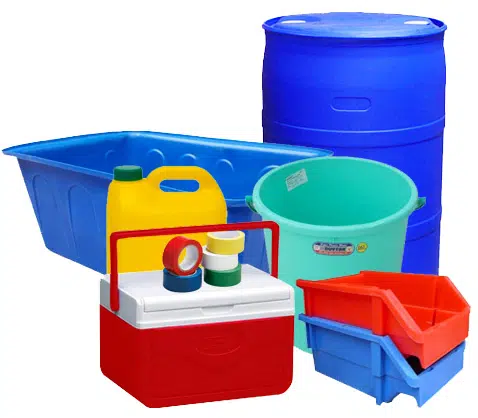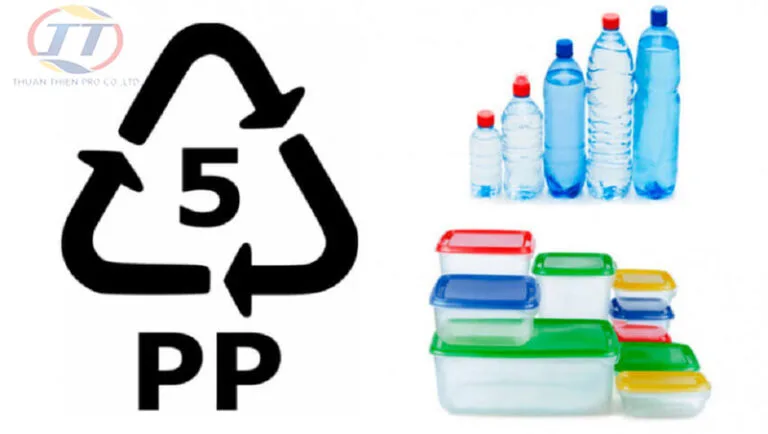Plastic injection molding is a cornerstone of modern manufacturing. It is a powerful and versatile process that is used to create everything from the bottle caps on our soda to the intricate components of a car’s engine. Its ability to mass-produce complex, high-quality, and cost-effective products with incredible precision has made it an indispensable tool for engineers and designers across a wide range of industries. This comprehensive article will take a deep dive into the world of plastic injection molding, exploring the process, the materials, the benefits, and the key factors that make it a cornerstone of the global economy.
At its core, plastic injection molding is a simple concept: heated plastic is injected into a mold, where it cools and solidifies into the desired shape. However, the process itself is a sophisticated blend of engineering, chemistry, and physics, requiring a deep understanding of material properties, temperature control, and pressure dynamics. The end result is a product that is not only precisely engineered but also incredibly durable and consistent.
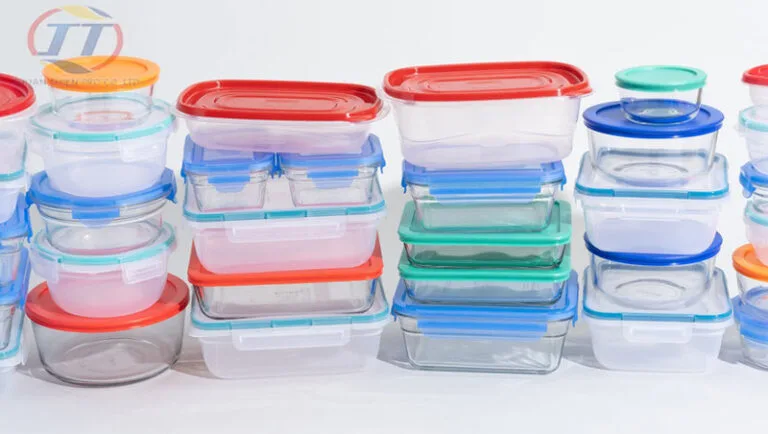
The Injection Molding Process: From Concept to Component
The plastic injection molding process is a series of precise and carefully controlled steps.
1. The Design Phase: The process begins with the design of the part and the mold. The part is designed in a 3D modeling program, and the mold is then designed around the part. The design of the mold is critical, as it determines the final shape, size, and quality of the product.
2. The Mold: The mold is typically made from steel or aluminum and is designed to withstand the high temperatures and pressures of the injection process. The mold has two halves, which are clamped together during injection. The inside of the mold is a negative of the final product.
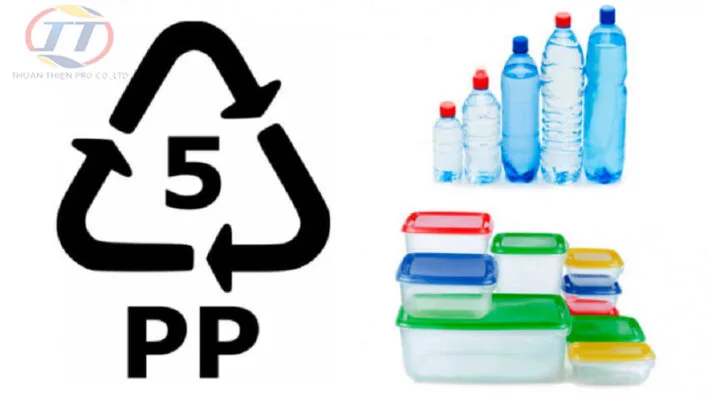
3. The Injection: Plastic pellets, the raw material for the process, are fed into a heated barrel where they are melted into a liquid. A screw then pushes the molten plastic into the mold with immense pressure.
4. The Cooling: Once the plastic has been injected into the mold, it is allowed to cool and solidify. The cooling time is a critical factor in the production process, as it determines the speed of production.
5. Ejection: Once the plastic has cooled and solidified, the mold opens, and the finished part is ejected. The process is then repeated, allowing for the rapid mass production of identical parts.
Materials and Applications: A World of Possibilities
The versatility of plastic injection molding is a direct result of the wide range of plastics that can be used in the process.
Common Plastics: The most common plastics used in injection molding are polyethylene (PE), polypropylene (PP), polyethylene terephthalate (PET), and polyvinyl chloride (PVC). Each of these plastics has its own unique properties, such as strength, flexibility, chemical resistance, and transparency.
Diverse Applications: The applications of plastic injection molding are seemingly endless.
- Consumer Goods: From children’s toys and kitchenware to electronics casings and furniture, injection molding is used to create a vast range of consumer products.
- Automotive: The automotive industry relies heavily on injection molding for everything from dashboards and bumpers to interior components and engine parts.
- Medical: In the medical field, injection molding is used to create a wide range of products, including surgical instruments, medical device casings, and diagnostic tools.
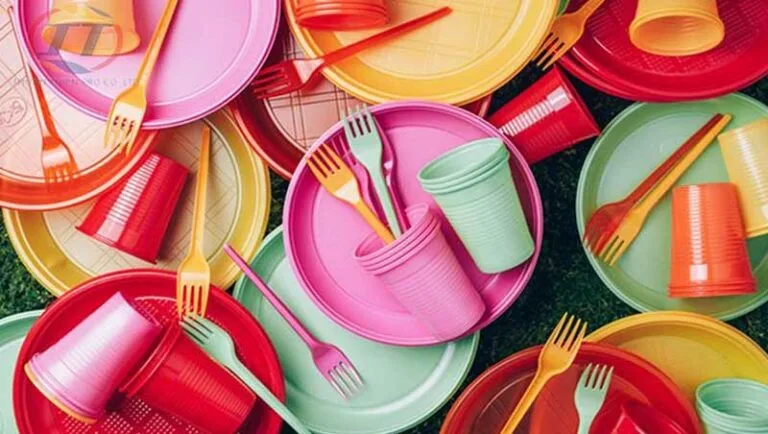
The Benefits of Plastic Injection Molding
The popularity of plastic injection molding is a result of a number of significant benefits.
Cost-Effectiveness: Once the mold has been created, the cost per part is incredibly low, making it a highly cost-effective method for mass production.
High Precision and Repeatability: The injection molding process is incredibly precise, allowing for the creation of complex parts with a high degree of accuracy. The process is also highly repeatable, ensuring that every part is identical to the last.
Design Flexibility: The injection molding process allows for a high degree of design flexibility, allowing engineers to create complex, intricate parts with a variety of textures and finishes.
In conclusion, plastic injection molding is a fascinating blend of art and science, and a critical component of the global manufacturing industry. Its ability to create complex, high-quality, and cost-effective products with incredible precision has made it an indispensable tool for a wide range of industries. As we continue to innovate and push the boundaries of what is possible, plastic injection molding will remain a cornerstone of modern production, shaping the products and industries of tomorrow.


